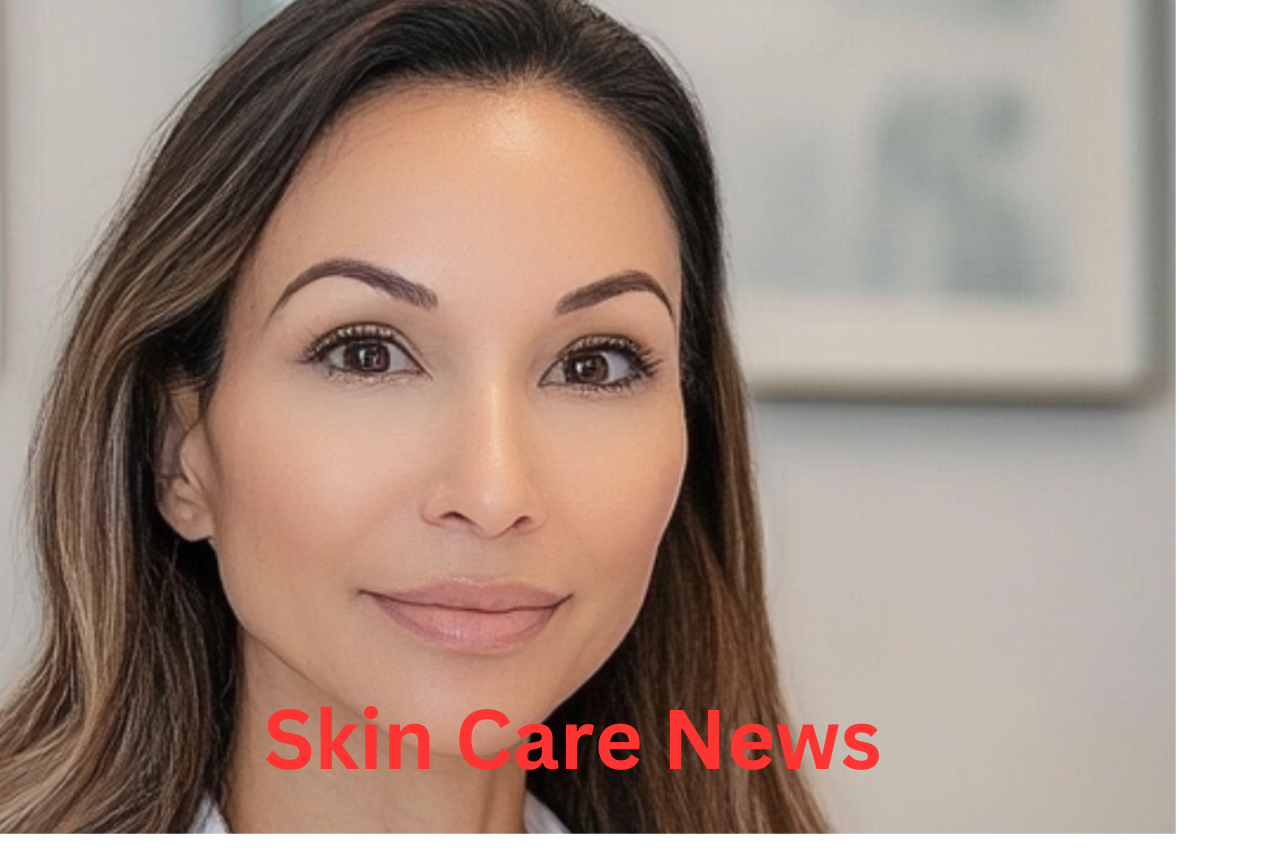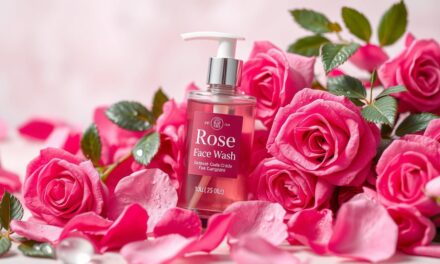The article discusses various skin conditions that can signal underlying health issues. For instance, eczema is linked to depression and anxiety, psoriasis is associated with an increased risk of heart disease, and rosacea may be connected to Alzheimer’s. Vitiligo can indicate thyroid problems, skin cancer survivors are at higher risk for other cancers, and chronic dry, itchy skin is sometimes associated with ADHD. It emphasizes the importance of consulting with healthcare professionals for proper diagnosis and treatment.
For more details, visit The Healthy.
How eczema affects quality of life
The article discusses a study indicating that about 30% of atopic dermatitis (eczema) patients using topical or systemic therapies still experience inadequate disease control.
The study highlights the need for more effective treatment options and used patient-reported outcomes (PROs) to measure the impact on daily life and work productivity.
It emphasizes that suboptimal control of eczema affects both quality of life and work performance.
For more information, visit HCPLive.
Can sunscreen block the absorption of vitamin D?
Wearing sunscreen does not completely block the production of vitamin D. While sunscreen can reduce the amount of vitamin D your skin produces by blocking UVB rays, typical sunscreen use does not usually lead to a deficiency.
Research indicates that even an SPF 50 sunscreen only blocks about 98% of UVB rays, meaning some UV exposure still occurs, allowing for some vitamin D production.
Experts emphasize that the health risks of unprotected sun exposure, such as skin cancer and photoaging, far outweigh the potential for reduced vitamin D synthesis.
Moreover, it doesn’t take much time in the sun to produce sufficient vitamin D—anywhere from 5 to 30 minutes depending on factors like skin exposure, time of year, and UV intensity.
For those concerned about their vitamin D levels, it’s recommended to obtain vitamin D through dietary sources (such as fatty fish, fortified foods) or supplements rather than risking skin damage from UV exposure. Woman and Home Magazine
).

Using SPF can prevent skin cancer
Using SPF is key to preventing skin cancer, signs of aging, and sunspots. However, many people often skip sunscreen in favor of makeup since a simple layer of foundation can boost confidence (though we believe you look amazing either way!).
So, how can you protect your skin without sacrificing your self-esteem? The good news is—you can!
You don’t need to worry about sticky sunscreens that ruin your makeup or leave a white cast. There are plenty of formulas designed to work seamlessly under your makeup routine.
Plus, with dermatologists recommending SPF reapplication every two hours, we’ve rounded up a few must-have SPF products that are perfect for on-the-go touchups.
New sunscreen product launched
Antipodes has introduced its first-ever sunscreen, the Supernatural SPF50+ Ceramide Silk Facial Sunscreen.
It sold out in 12 days in Europe and is now available in New Zealand.
This mineral sunscreen offers broad-spectrum protection with a unique blend of vegan ingredients, leaving no white cast and providing a smooth finish under makeup.
It was formulated to meet strict Australian guidelines, making it a reliable option for skin protection. Available at various stores and online(
For more details, visit the NZ Herald
Want to transition your skincare routine from summer to autumn?
It involves using more hydrating products to combat drier, cooler weather.
Experts suggest switching to richer moisturizers, incorporating hydrating serums, and using gentle exfoliants.
It’s also important to continue using SPF, as UV rays can still damage the skin in autumn.
Adjusting to these changes can help maintain a healthy complexion during seasonal transitions. For detailed tips, visit the Forbes article.
Updating your skincare routine for autumn
It involves focusing on hydration, protecting the skin barrier, and addressing seasonal changes like dryness.
Experts recommend switching to richer creams, adding hydrating serums, and continuing SPF use despite the cooler weather.
Incorporating gentle exfoliation helps to remove dead skin cells and promote a healthy complexion. For more in-depth advice, visit the Vogue article.
Dermatologists recommendations for teens
Dermatologists recommend that teens use gentle skincare products tailored to their skin type.
Essentials include a mild cleanser, a non-comedogenic moisturizer, and sunscreen with at least SPF 30.
For those with acne-prone skin, products containing salicylic acid or benzoyl peroxide can be beneficial.
Avoid harsh scrubs or excessive skincare routines that may irritate the skin.
For a detailed guide, visit the South China Morning Post article.
The causal relationship between skin microbiota and psoriasis
The study examines the causal relationship between skin microbiota and psoriasis using Mendelian randomization.
It explores how specific bacterial compositions on the skin may influence the development or severity of psoriasis.
The findings provide insights into the complex interactions between skin microbes and the immune system, potentially opening avenues for new treatments. Read more

The article discusses a unique case of Hailey-Hailey Disease (HHD), a genetic disorder characterized by fragile skin and blistering.
It explores the condition’s manifestations, diagnosis, and management strategies.
The study emphasizes the importance of understanding HHD’s presentation to differentiate it from other skin diseases, ensuring appropriate treatment.
For more detailed information, visit the full article.

The pursuit of youthful appearances.
The article examines society’s obsession with anti-aging, exploring how beauty standards, media, and the cosmetics industry drive the pursuit of youthful appearances.
It highlights the cultural pressures and the impact of anti-aging products on self-esteem and societal norms.
For further details, read the full article here.
How over showering may harm your skin
The article offers a dermatologist’s advice on how often to shower without harming the skin.
It emphasizes finding a balance based on skin type, activity level, and environment.
Over-showering or using harsh products can strip the skin of natural oils, leading to dryness and irritation.
For more details, visit the full article.

A pink-red rash may be a sign of scarlet fever
The article outlines key signs of scarlet fever in children, which include a sore throat, high fever, a pink-red rash with a sandpaper-like texture, and a swollen tongue (often referred to as “strawberry tongue”).
Prompt treatment with antibiotics is crucial.
For more details on symptoms and management, visit the full article.




